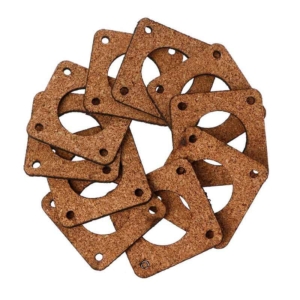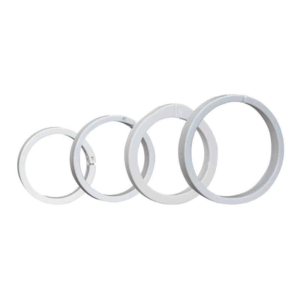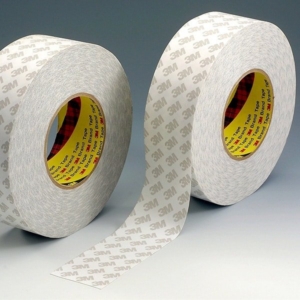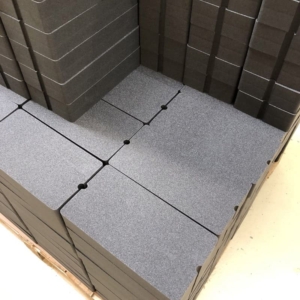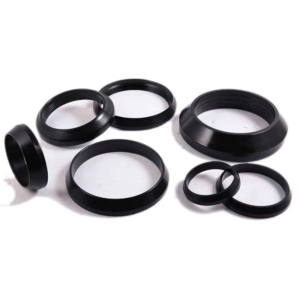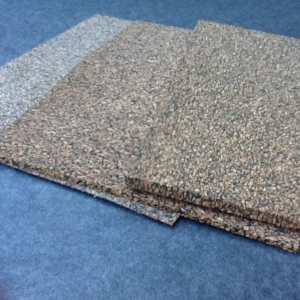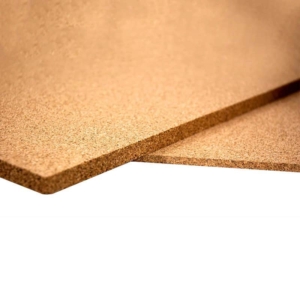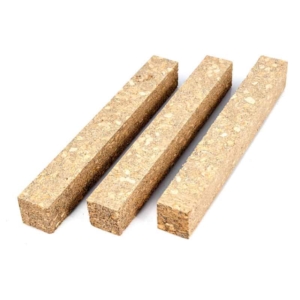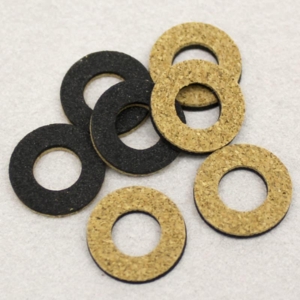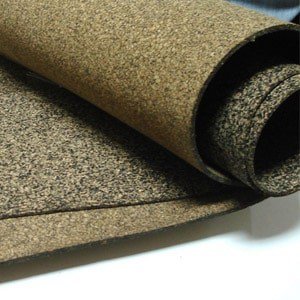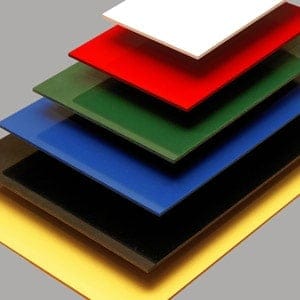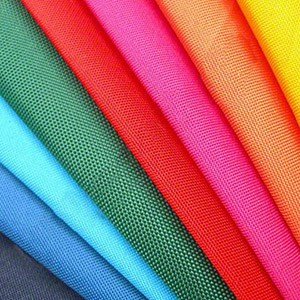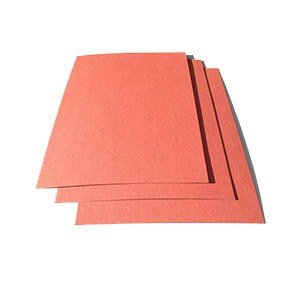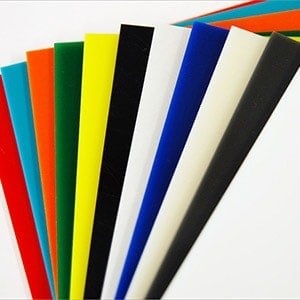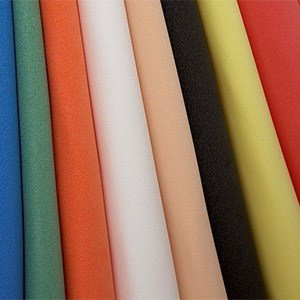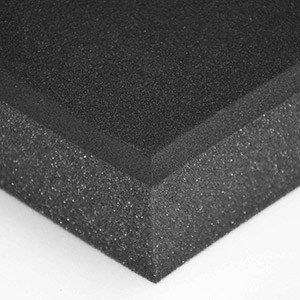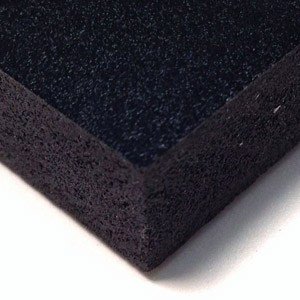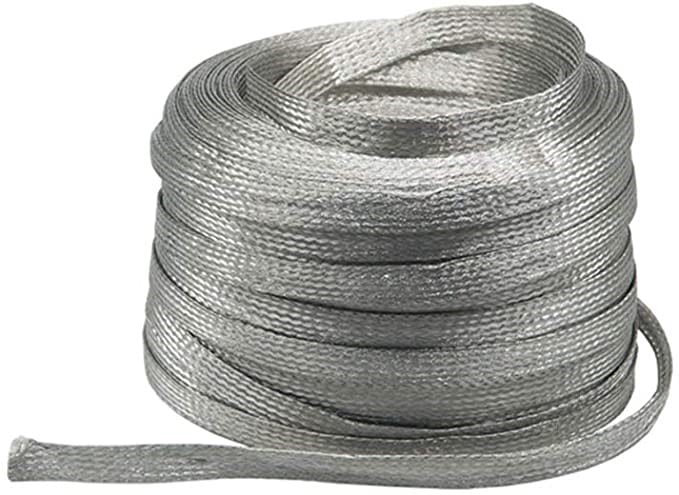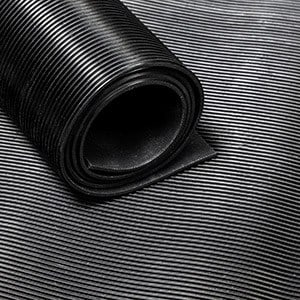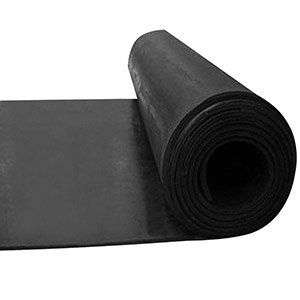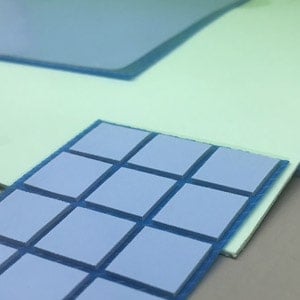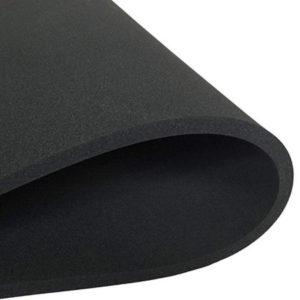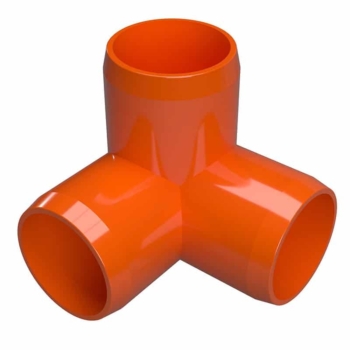Plastics
Plastic Mouldings
Advanced Seals & Gaskets provide moulded components produced using numerous types of plastics. Plastic mouldings are generally bespoke shapes often with complex profiles, a ribbed/textured finish or may require a lip or curved edge – for these reasons mouldings can not simply be pressed from sheet material and require specialist machinery. All our plastic mouldings are made to order and are produced using a combination of a sample or drawings provided by our customers, from which a tool or moulded cavity can be made. Plastic mouldings can be taken in an endless number of forms for example feet, buttons, housings and cases, screws, combs, tubes and o-rings to name a few, all designed to provide protection, prevent the leakage or ingress of air, fluid or gas and to be aesthetically pleasing.
What are Plastic Mouldings?
The 3 main moulding techniques used are Injection, Compression and Transfer, each one uses a raw molten plastic compound and a mould (die) in which the moulded profile is formed and cured.
Injection Mouldings
Injection moulding is the process by which raw/uncured plastic material is loaded into a hopper or holding unit where it is heated to a molten state and then fed through a nozzle in pre-measured quantities into the mould/cavity. Pressure and heat levels are adjusted within the cavity-causing the material to ‘cure’ and the moulded product is formed.
Compression Mouldings
Compression moulding is made up of a top and bottom pre-heated steel mould/cavity into which raw material is poured in and the two halves are closed together. This tool is heated in order to melt the neoprene compound creating the desired shape and the final product. Although this process is great for bespoke moulding, it can be very time consuming for high volume production.
Transfer Mouldings
The transfer moulding process is the more complex of the three. The raw/uncured material or charge is loaded into the transfer pot, this pot is then heated as a plunger slowly enters the pot building pressure, forcing the melted rubber through the sprue or channel. The sprue leads to the mould cavity, this cavity is then filled with the melted rubber material forming the desired shape of the component. Once the raw material has cured, the moulding can be opened and the formed part removed.
Why use Plastic Mouldings?
Mouldings are ideal for customers who are looking for a non-standard profile to fit specific applications, the process of producing a moulded part means the customer is guaranteed to have an identical product each time, which is essential for high volume production and assembly. Plastic mouldings properties will vary depending on the type used but may include a combination of impact/creep resistance, electrical insulation, abrasion resistance, lightweight and chemical resistant. Further details on why plastics mouldings are used are listed below.
Types Available:
A number of plastic materials can be used for mouldings, each with its own set of properties and suitability for certain applications and environments, some of these include:
PVC (polyvinyl chloride) – PVC plastic mouldings offer excellent tensile strength, impact resistance, electrical insulation and resistance to environmental degradation, chemicals and alkalis. PVC plastic mouldings are often used to produce outdoor products such as pipes and guttering, etc.
PC (Polycarbonate) mouldings are strong and extremely impact-resistant with good dimensional stability and heat resistance. Polycarbonate mouldings are used in applications such as bulletproof glass, lighting cases and medical devices.
PPA (Nylon or Aliphatic Polyamides) mouldings are available in many grades with varying strength and operating temperature levels, generally, impact, abrasion and chemical resistance. Parts such as screws, engine components and bearings are often produced in the form of mouldings.
POM (Acetal or Polyoxymethylene) Acetal mouldings are strong and tough, resistant to hydrocarbons and organic solvents. Buttons, switches, fan blades and gears are often manufactured using moulded acetal.
PMMA (Acrylic or Polymethyl Methacrylate) acrylic mouldings have a shiny scratch resistant surface with a low shrink. They can be used for signage, lenses, lighting etc.
PP (Polypropylene) mouldings are flexible, wear and acid-resistant. They are often moulded to form internal hinges, flip-top lids (such as bottle tops) and medical tubing.
HIPS (High Impact Polystyrene) mouldings are produced with the addition of rubber being added to the raw material mix giving the plastic a higher impact strength. Items such as toys, disposable plastic cups/cutlery are produced using moulding HIPS plastic mouldings.
ABS ( Acrylonitrile Butadiene Styrene) mouldings are touch and impact-resistant, with high dimensional stability and good resistance to acids. ABS plastic mouldings can usually be found in the forms of remote control cases, electrical device and tool housings and telephones.
LDPE (Low-Density Polyethylene) mouldings have excellent impact and chemical resistance but suffer from creep. LDPE plastic mouldings can be used for the production of bins, bottles, etc.
HDPE (High-Density Polyethylene) mouldings are lightweight, but strong and rigid with good chemical resistance. HDPE plastic mouldings are used for a number of common household products such as chemical or food storage containers, pipes, toys and signage.
TPU (Thermoplastic Polyurethane) mouldings offer excellent UV, weathering and abrasion resistance, usually used to manufacture automotive interiors.
PTFE (polytetrafluoroethylene) mouldings offer low friction, corrosion-resistant (even against acid and corrosive chemicals). PTF mouldings can be used as bearings, gears and containers for harsh liquids.
Benefits of Plastic Mouldings
Advanced seals & Gaskets work with a network of material manufacturers, meaning we have the ability to produce a multitude of mouldings suitable for use in virtually any industry. As plastic mouldings are made to order, we can help with design, material choice, produce samples for testing and ensure we supply the perfect moulded profile for your application. The characteristics and resistances sought after when choosing the right grade of plastic material for mouldings will depend on the industry, environment and application in which the moulding will be used. Some of the desirable features include flame retardancy, wide working temperature range, resistance to abrasion, impact, chemicals, acids, pressure, liquids, air and gas.
